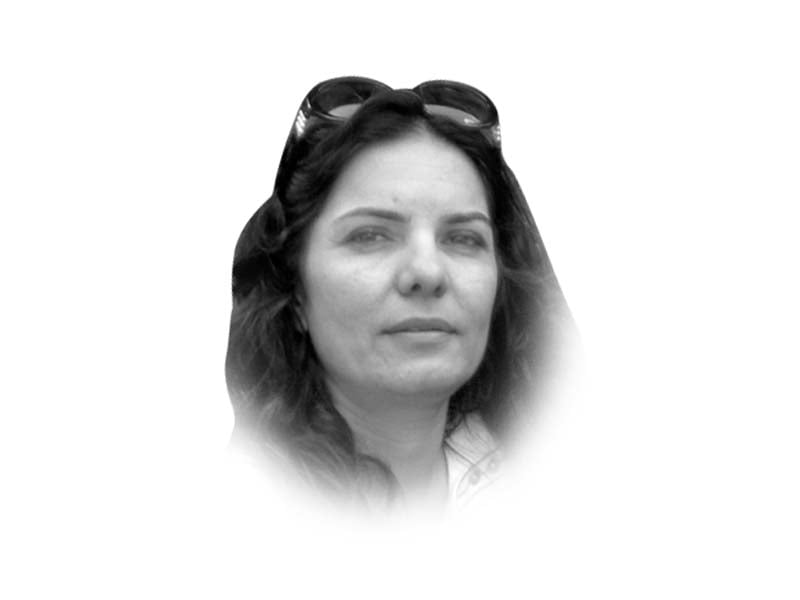
Pakistani analysts have been split on their understanding of such changes. One set of thinking stresses that the real turn in tide is coming from the shifts in women’s roles in society. This includes women’s increasing mobility, economic and educational empowerment, marital choices based on free will, and information and connectivity provided by the media. Empirical and observational evidence confirms this and testifies to Pakistani women’s amazing spirit and determination to climb out of patriarchal cobwebs and pull on the strings of modernity. The other set of analysts focuses on structural factors and points out that far more critical is the role and responsiveness of the state. These analysts argue that the state is not a monolithic structure but a live actor that can facilitate or impede such progress more effectively than any other player.
Eminent urban planner and analyst Arif Hasan has pointed out the seismic shifts in the gendered sociology of Pakistan along the first set of thinking (Dawn, August 7, 2016). I argue, however, that there are other, more significant changes at state levels and it is these that are going to decide the direction of that change. I got involved with the women’s movement at a time when the Zina laws were sapping nearly all the energies of urban activists who fought against the state, courts and vengeful husbands and fathers who used this lever of control over women for decades. The reform of 2006 was not just a historic victory for women’s rights — it offers a symbolic opportunity towards reclaiming the secular possibilities of gendered relations in the Islamic Republic. Feminists, human rights activists and secularists are not dismissed as ‘traitors’ by the state like before but are getting co-opted instead.
Second, there has been creeping migration of honour crimes from tribal or rural sites into the urban cities. This has led to police awareness and response in actually treating this as an offence. In other words, the shift in the legal psyche which used to accept the informal law of settlement (faislo, samjhota and so on) is now being taken as a cognisable offence that requires justice. This is important, inefficiencies and ineffectiveness aside. The vocabulary of law enforcers has changed considerably under pressure by the state.
Third, the role of the BISP in the economic assistance of women of the poorest households has been crucial in boosting other socio-political empowerment. A brainchild of the PPP, it enfranchised thousands of women because of the CNIC requirement. But it has been Marvi Memon of the PML-N government who has seized its potential and catapulted the programme in a way that has restructured the merit base of beneficiaries through the poverty scorecard and has shown to have positively impacted girls’ nutrition. In a major shift from earlier observations, it has shown that economic empowerment of beneficiaries has actually improved their domestic status too. The programme is constantly being reinvented and may just be a major game changer for poor women in the coming years.
The point is that state structures need feminising. The Election Commission of Pakistan has appointed a gender specialist. Reports suggest that her role has made a critical impact on the pursuit of cases where women were prevented from voting, far more effectively than when activists were lobbying for justice for these voters. Also, women in the ombudsmen’s offices are gaining voice in state structures.
Certainly, women will keep paying with their lives for every inch of freedom, mobility and rights that they struggle for. But unless the state decides which side it is on, we will be depending on individual sacrifices and successes and optimistically gathering fragmented evidence to convince ourselves of this change. When the state reforms the Qisas and Diyat laws because it recognises that these can be discriminatory against women victims of honour crimes, it will have redefined the entire narrative and national consciousness regarding gender justice for women as a collective. When the state targets women for economic improvement in a holistic manner, it sends the message out to the men in their families that the state sees these women as the de facto heads of households.
When the Sindh government makes the legal age of marriage 18, in defiance of the opinion of the Council of Islamic Ideology, it is a brave move but it is when the state starts arresting the nikahkhwans or when the courts start awarding sentences to domestic violence abusers, that the message of accountability and delivery starts penetrating into the societal collective consciousness. When Pakistan’s officials include domestic violence as an independent chapter in their demographic health surveys, it is a missive that these issues are intrinsically connected concerns.
The Pakistani state has changed. We are so troubled by our static civil-military relations that we refuse to look for other indicators of change. Yes, child marriages have decreased, girls’ school enrolment has increased, male attitudes towards many traditions have changed and the backlash against women as they rupture patriarchal orders will get them killed and punished. But this does not mean that we can wait for such a change that exacts such a tragic price.
If the state can make correctives in laws and prioritise the institutions that are responsive to women, minorities and the marginalised, this will be the most significant change. If it’s a clever state, it will insert mechanisms that will prevent setbacks or reversals, such as de-fanging the religious and conservative sectors that attack any progress for women and regulating a misogynistic media and capitalist economies and informal sectors that exploit women’s labour and inflict a different kind of violence against women.
Published in The Express Tribune, August 25th, 2016.
Like Opinion & Editorial on Facebook, follow @ETOpEd on Twitter to receive all updates on all our daily pieces.














1732012115-0/Untitled-design-(14)1732012115-0-270x192.webp)


COMMENTS (4)
Comments are moderated and generally will be posted if they are on-topic and not abusive.
For more information, please see our Comments FAQ